In the Dry Tortugas National Park on the south coast of Florida, one can see an abandoned fortress with an interesting history. It is called Fort Jefferson, and is the largest brickwork in America: its long walls are made of 16 million handmade bricks!
This fortress was erected in 1846 by the American army in order to combat pirates operating in the Caribbean. It featured some of the largest and most advanced weapons of its age: enormous heavy guns, mounted inside the walls, could fire 432-pound projectile a distance of three miles and needed seven men to maintain it. Armed American officers and soldiers were here, as well as military depots. The maximum number of garrison was 1729 people.

Photo: NPS Climate Change Response/flickr (Public domain)
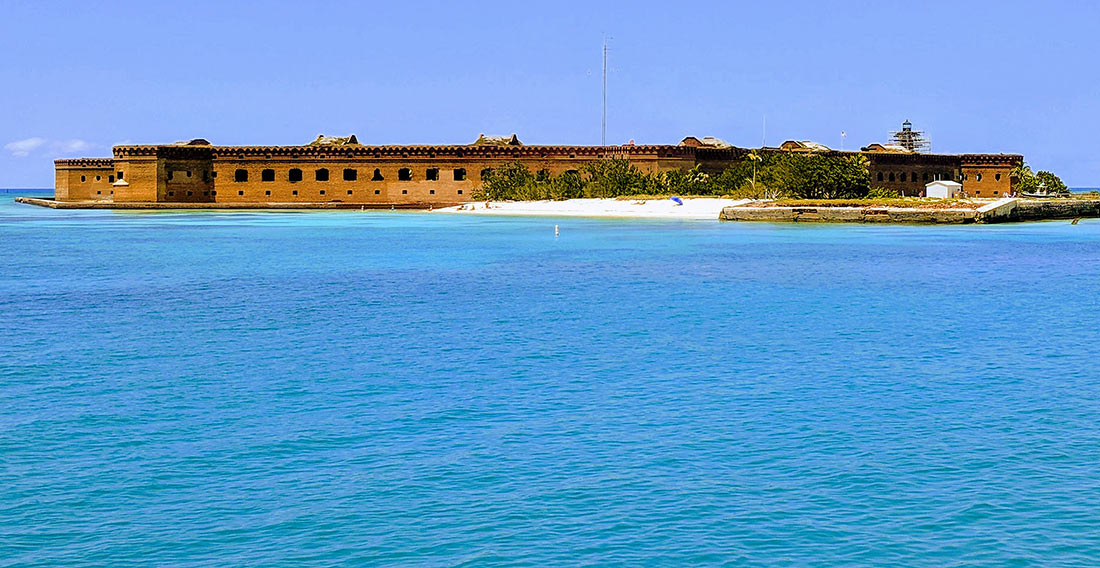
Photo: Greg Schechter/flickr (CC BY 2.0)
There was not enough fresh water in the area, so the place was called Dry Tortugas (Dry Turtles). Innovative tank system was installed in the fortress, but over time it became unusable.
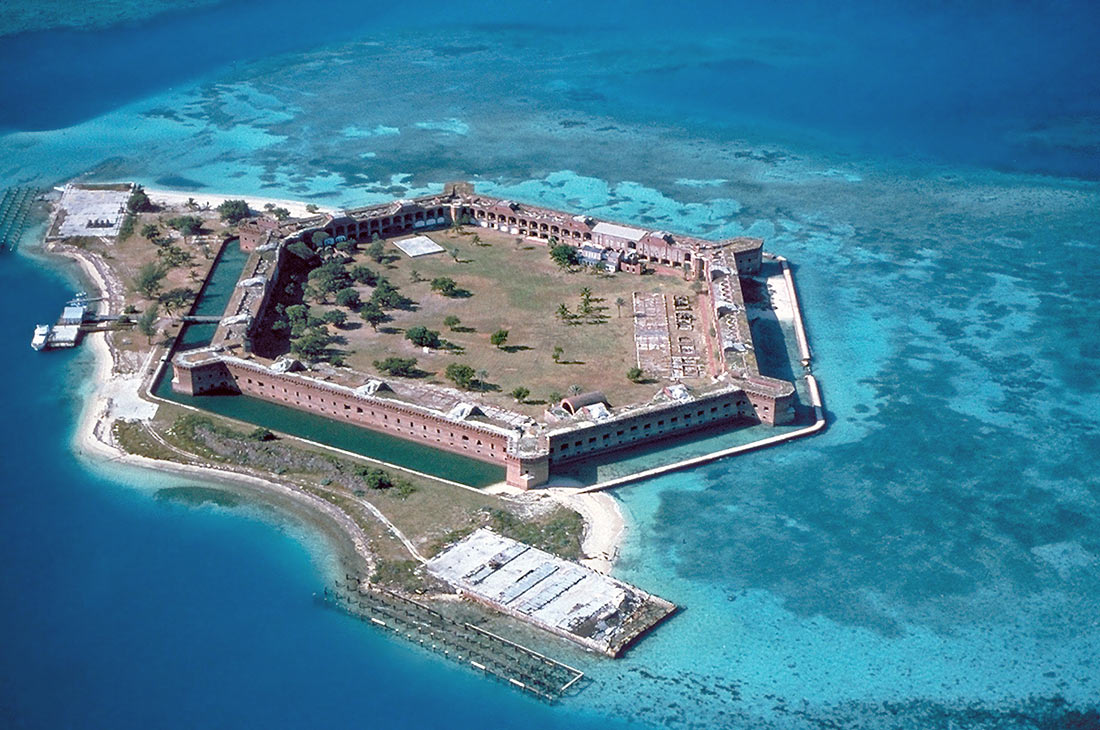
Photo: By U.S. National Park Service, via Wikimedia Commons (Public domain)
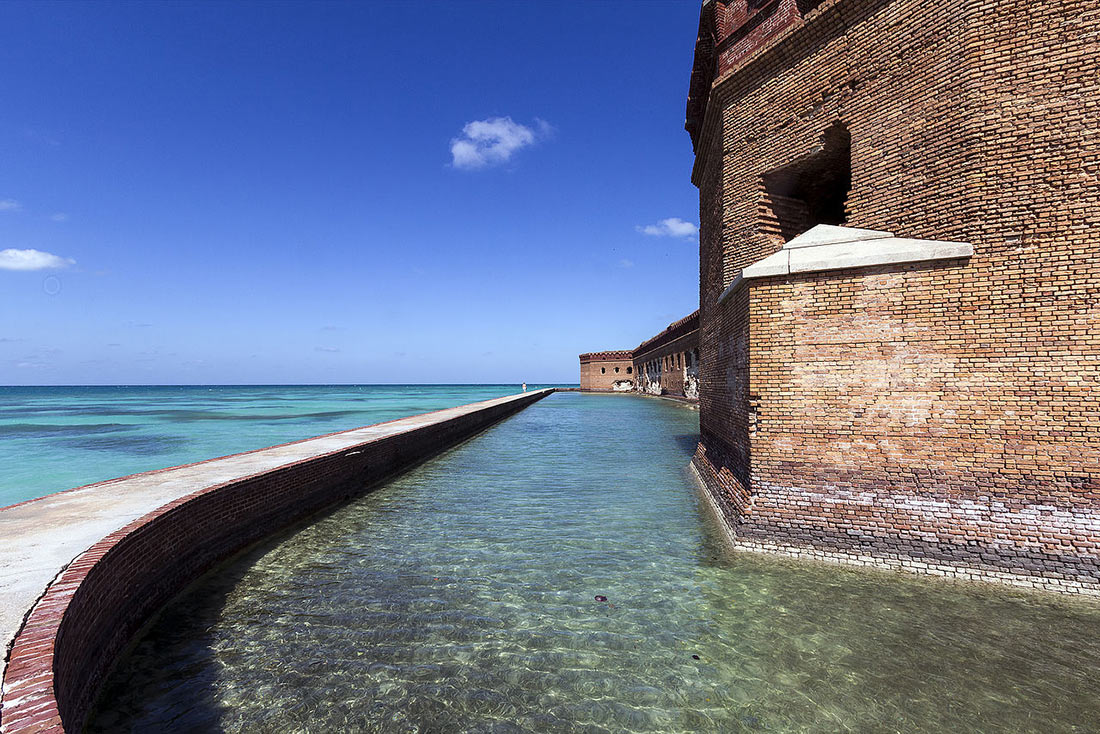
Photo: By Acroterion, from Wikimedia Commons (CC BY-SA 3.0)
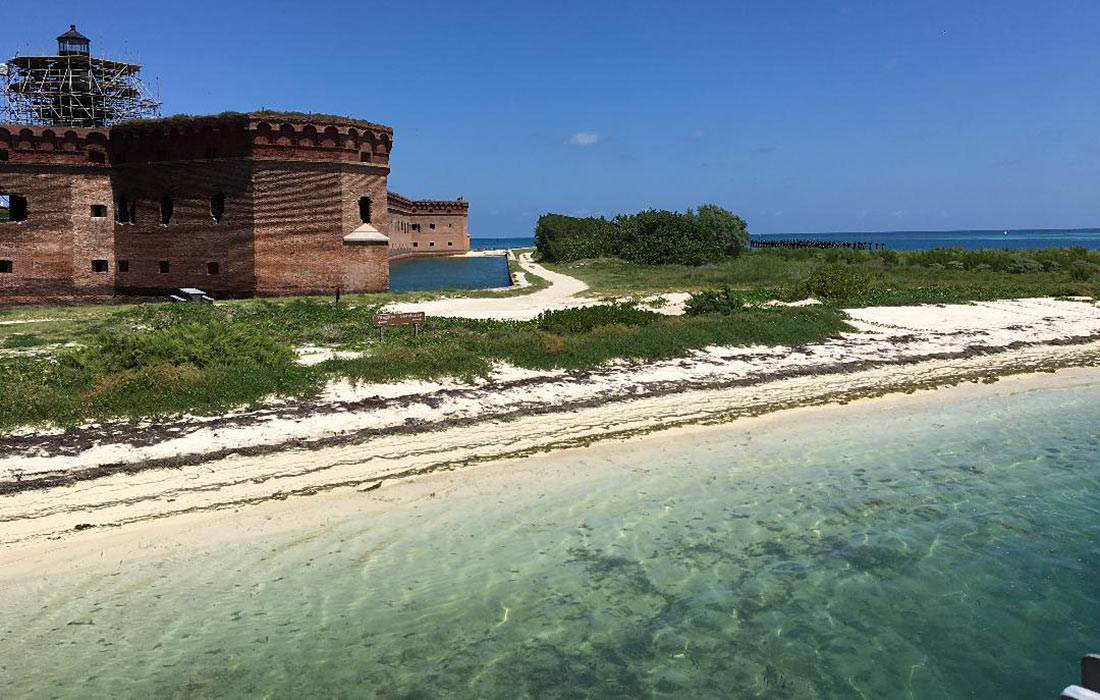
Photo: By Asblawyer, from Wikimedia Commons (CC BY-SA 4.0)
Fort Jefferson Contained Prisoners and Deserters During Civil War
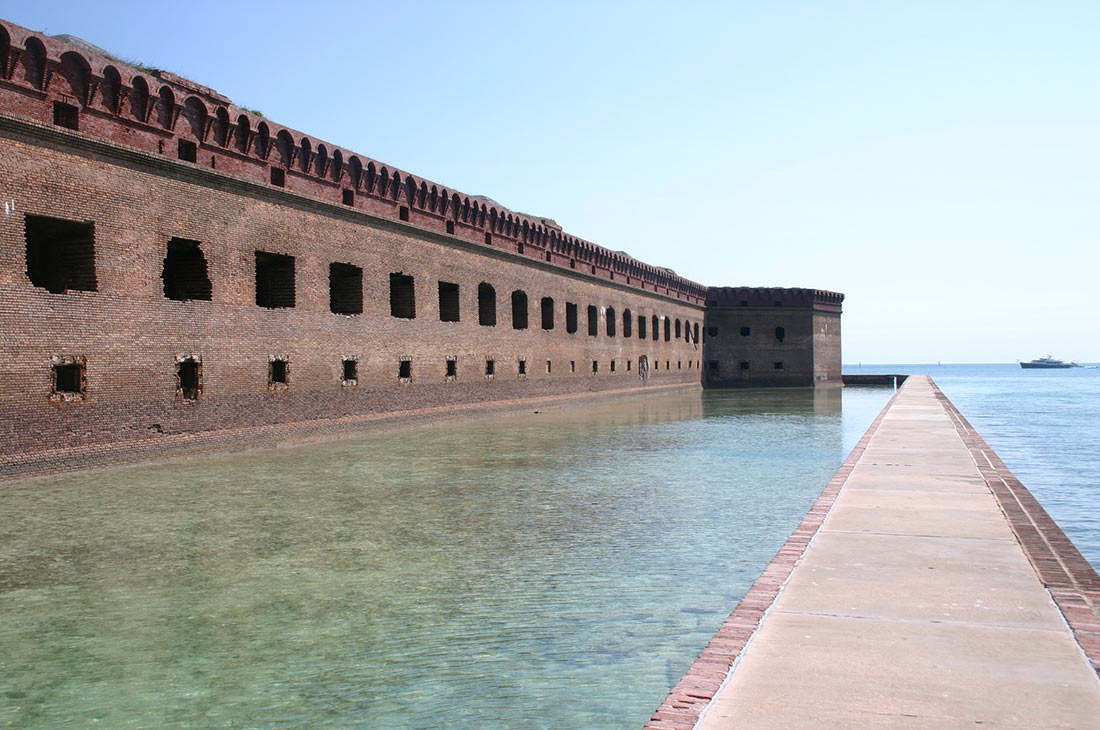
Photo: National Oceanic and Atmospheric Administration/publicdomainfiles (Public Domain)
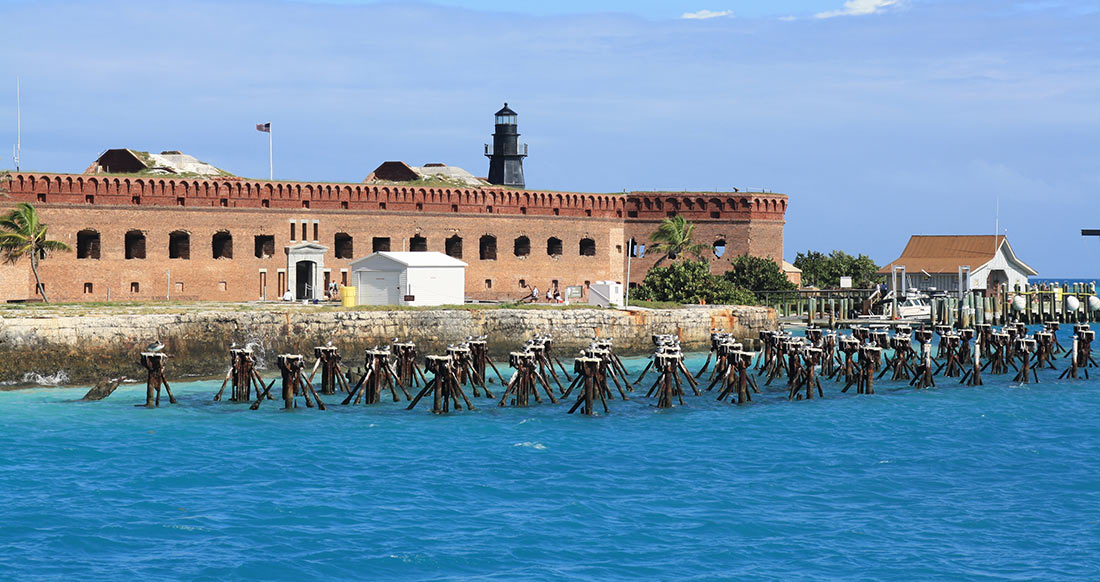
Photo: NPS Photo
In 1867, some prisoners died due to an epidemic of yellow fever
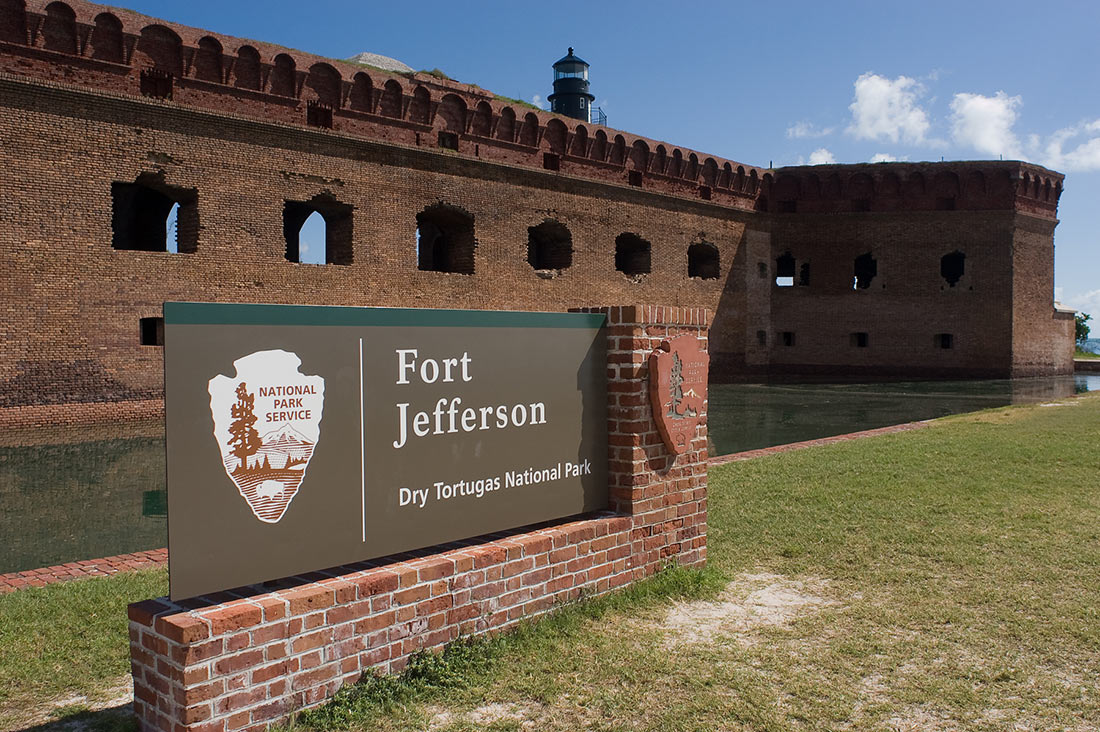
Photo: Dry Tortugas NPS/flickr (CC BY 2.0)
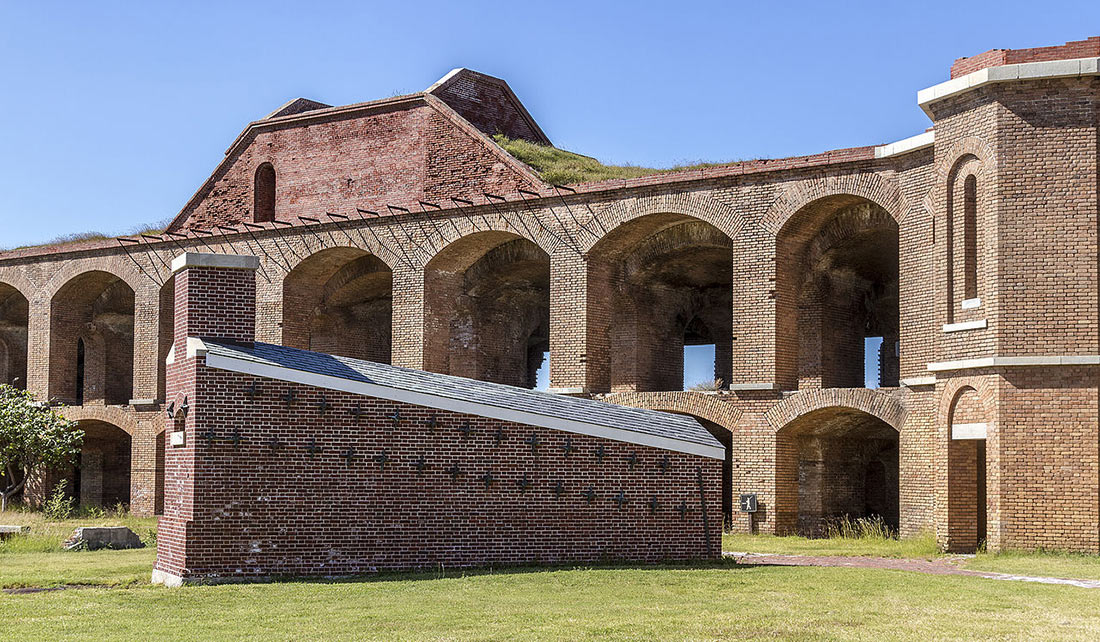
Photo: By Acroterion, from Wikimedia Commons (CC BY-SA 3.0)
One of the famous prisoners of the fortress was Dr. Samuel Mudd, who participated in the assassination of Abraham Lincoln. In 1888, the building was transferred to the Marine Corps service, which turned it into a quarantine station.
On January 4, 1935, President Franklin Roosevelt declared the area a National Monument
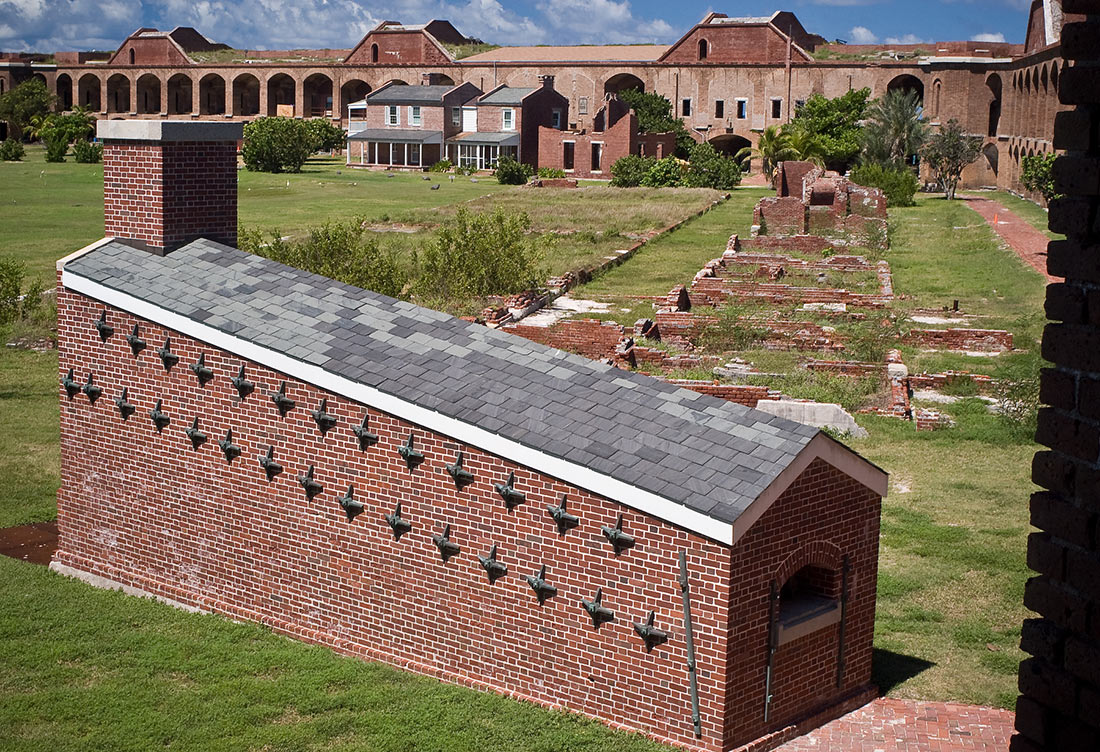
Photo: Dry Tortugas NPS/flickr (CC BY 2.0)
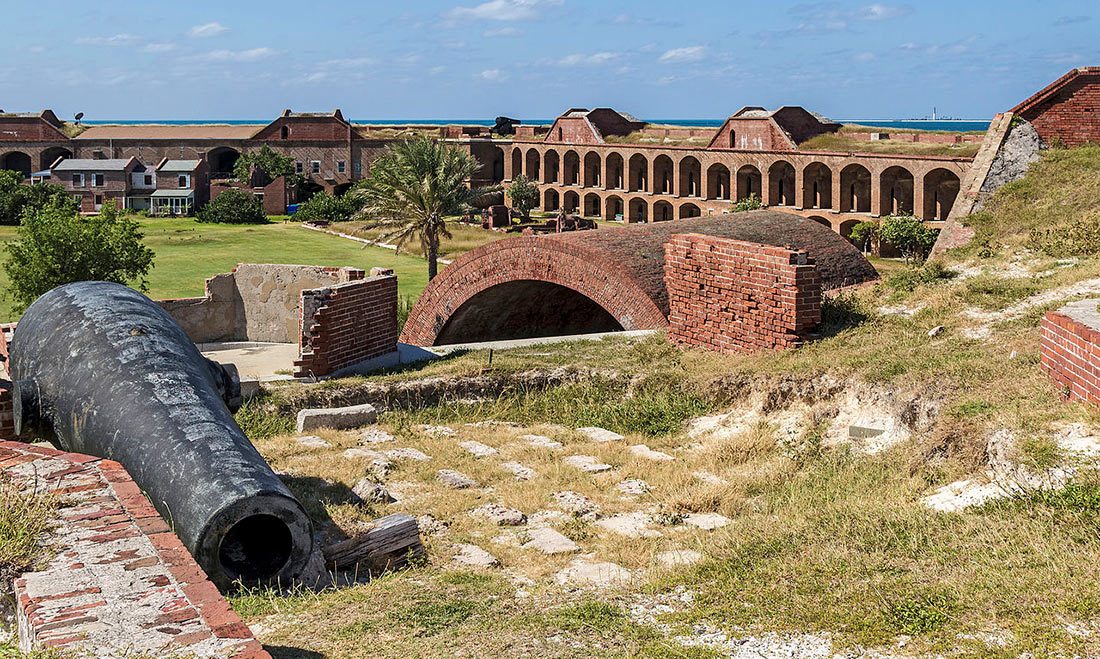
Photo: By Acroterion, from Wikimedia Commons (CC BY-SA 3.0)
By 1992, Dry Tortugas and Fort Jefferson had become a National Park
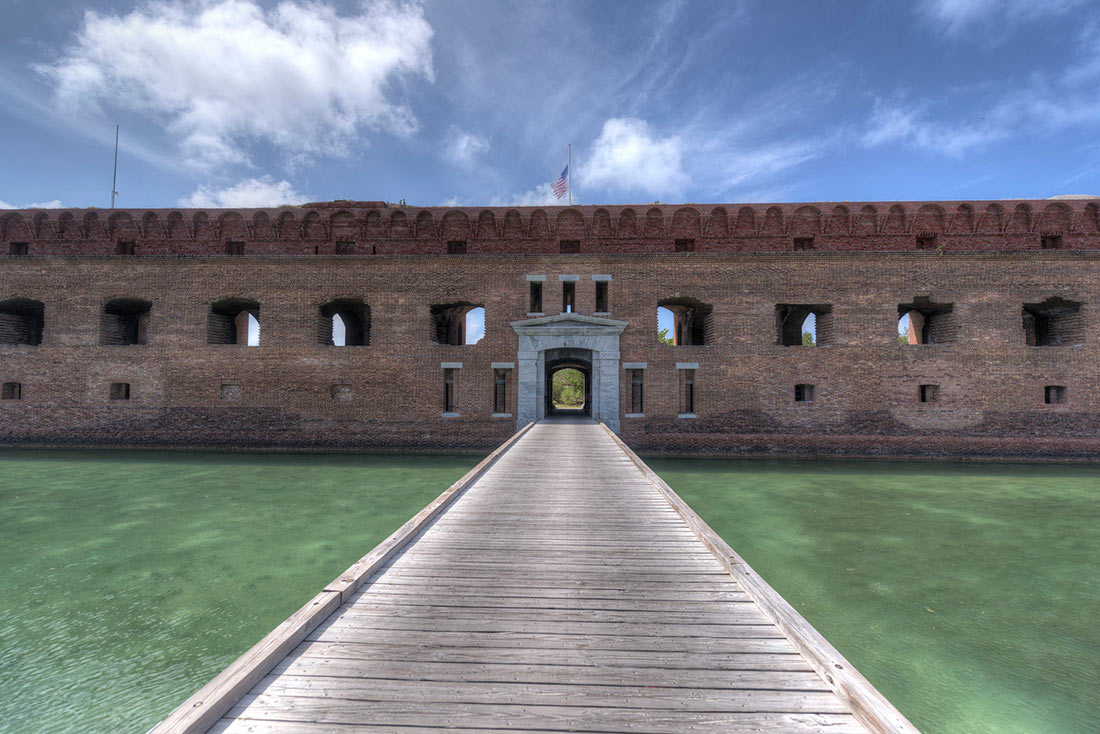
Photo: Russell Conard/flickr (Public domain)
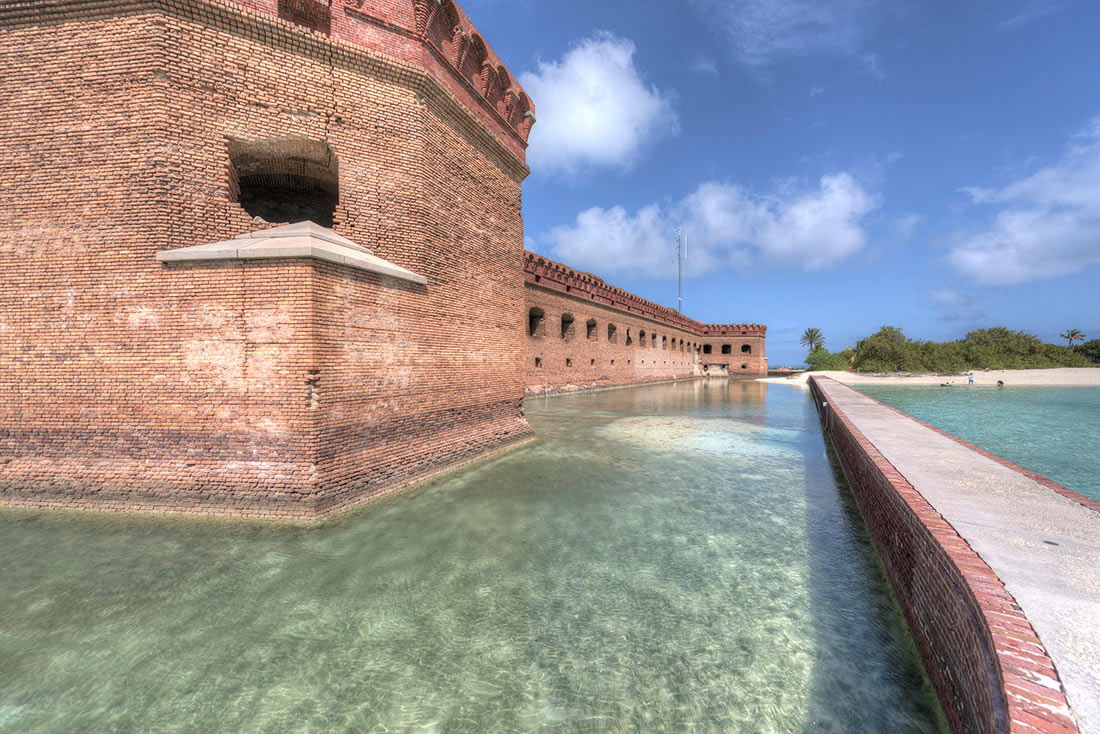
Photo: Russell Conard/flickr (Public domain)
One can visit it and explore the surroundings. This fascinating landscape simply cannot be described in some words!
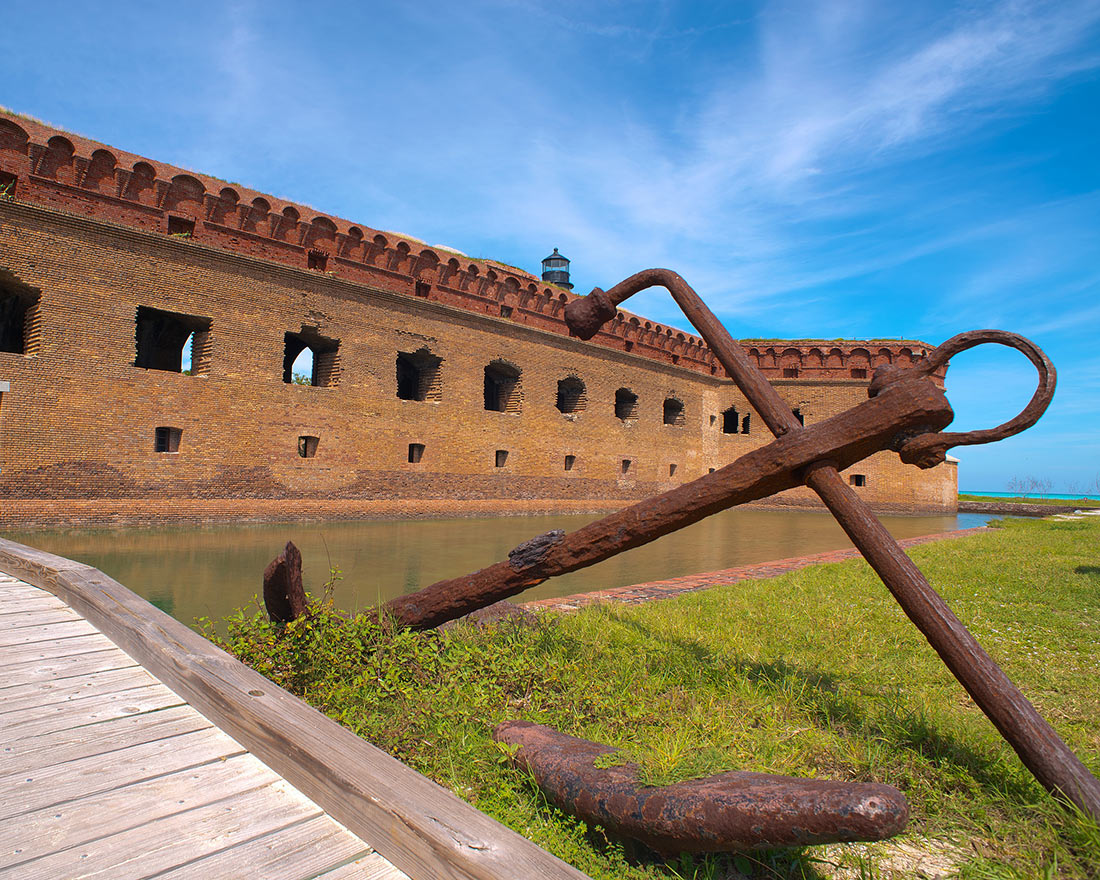
Photo: steve lyon/flickr (CC BY-SA 2.0)
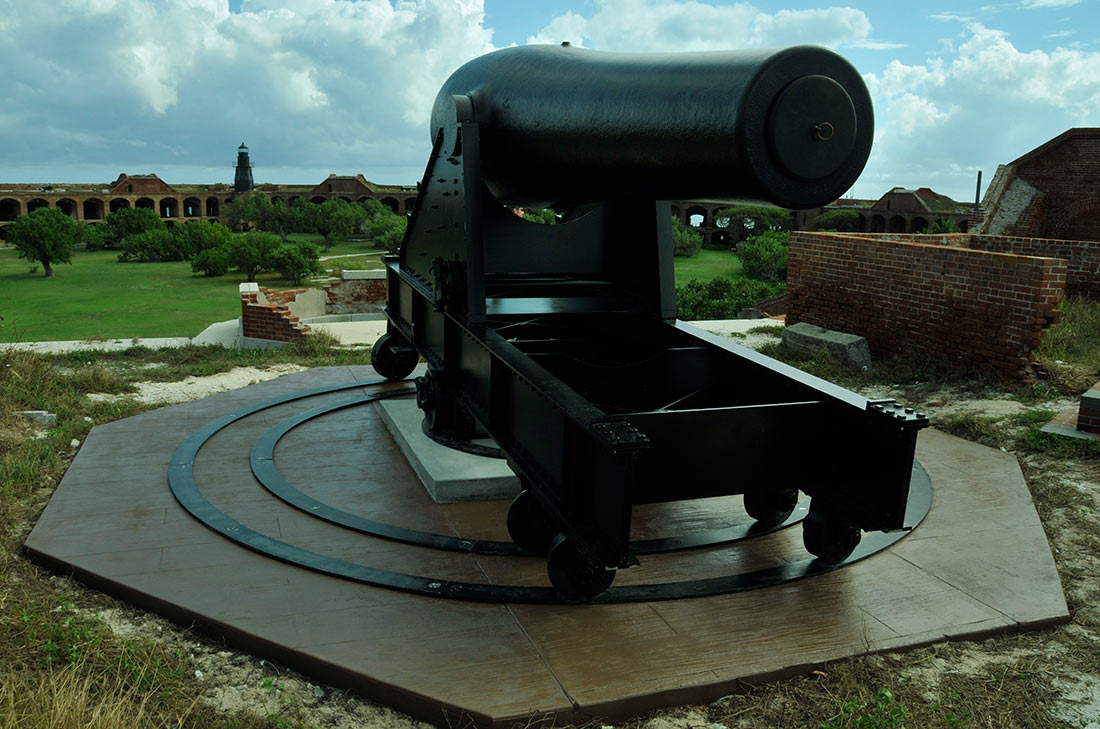
Photo: U.S. Air Force photo/Ross Tweten
You can get there by ferry, private yacht or on board of a seaplane

Photo: 12019/pixabay (CC0 Creative Commons)
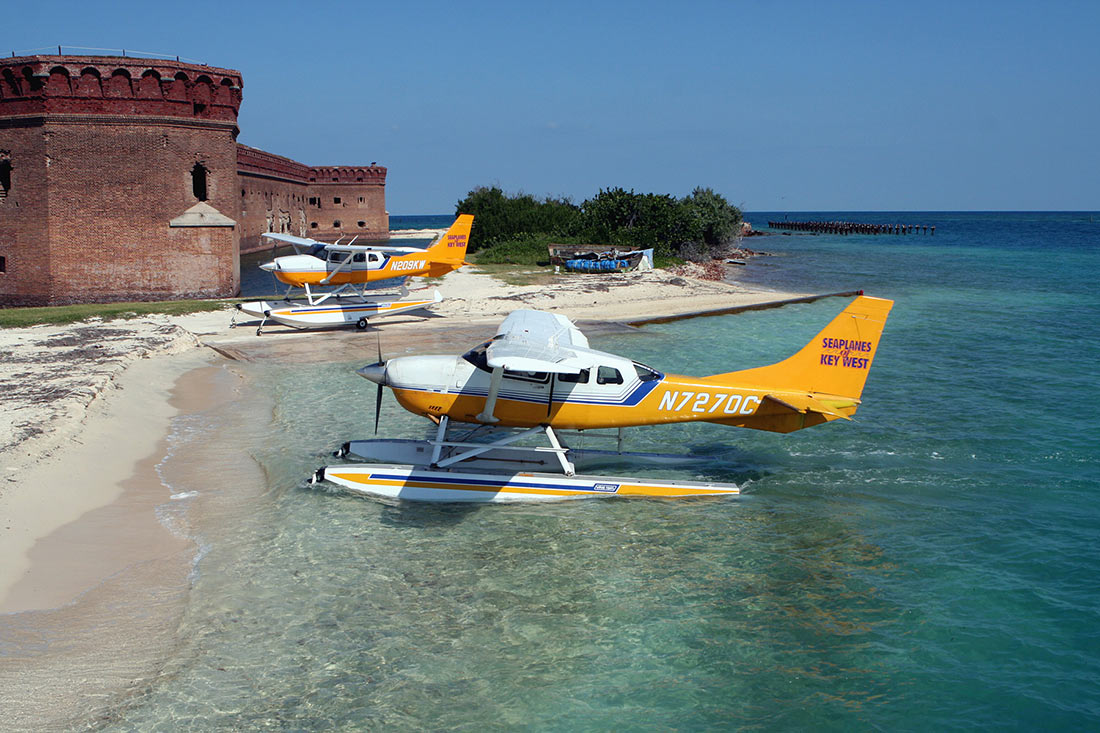
Photo: anoldent/flickr (CC BY-SA 2.0)
Fort Jefferson was built in 1846…
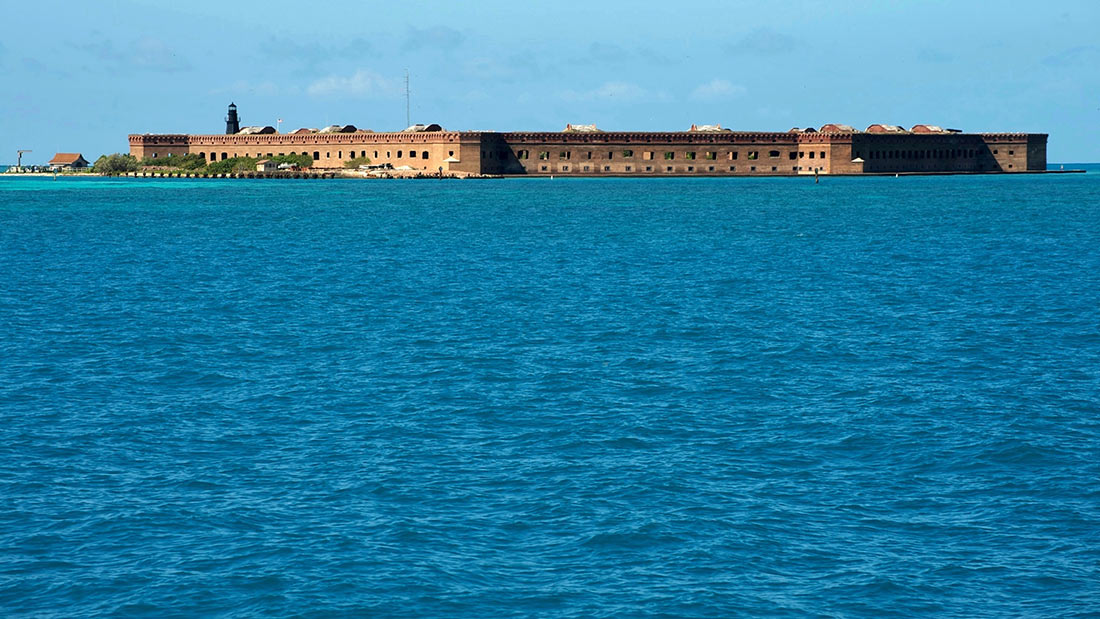
Photo: vladeb/flickr (CC BY-ND 2.0)
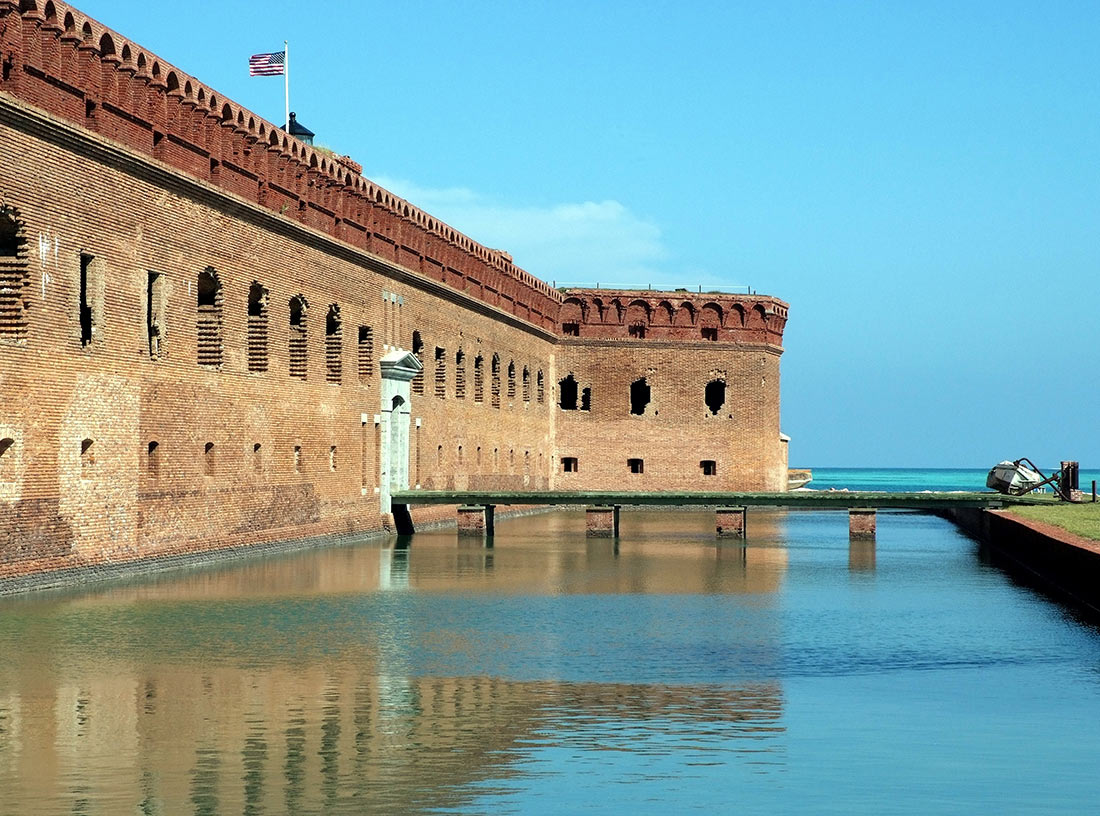
Photo: Cayobo/flickr (CC BY 2.0)
… and was aimed to protect protect a strategic sea location along the world’s busiest shipping routes
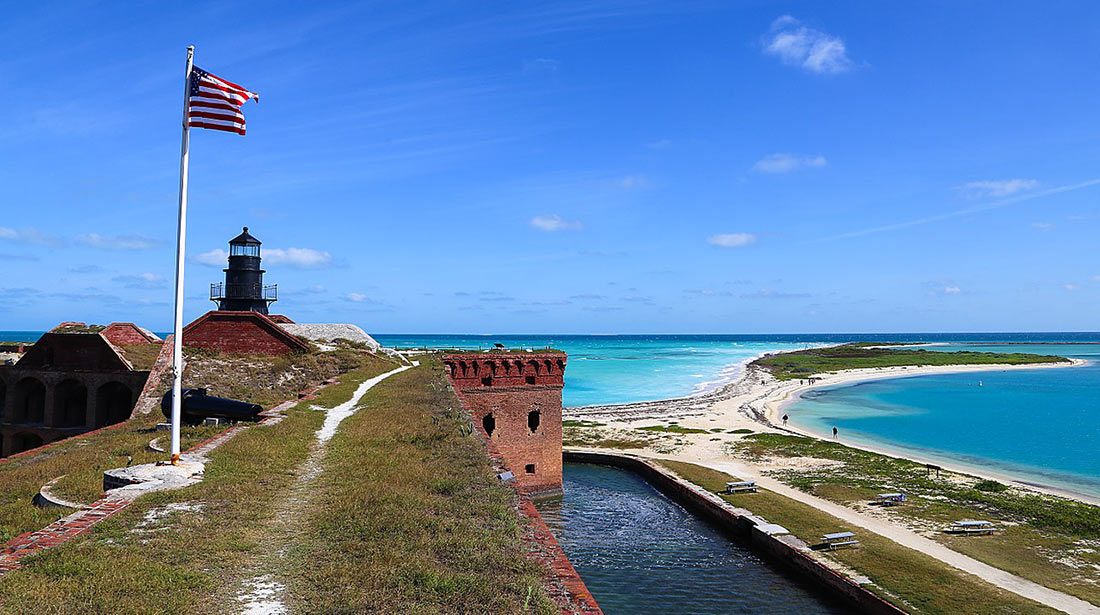
Photo: By Joe Parks from Berkeley, CA (Fort Jefferson, Dry Tortugas National Park), via Wikimedia Commons (CC BY 2.0)
Prisoners were kept in it during the Civil war
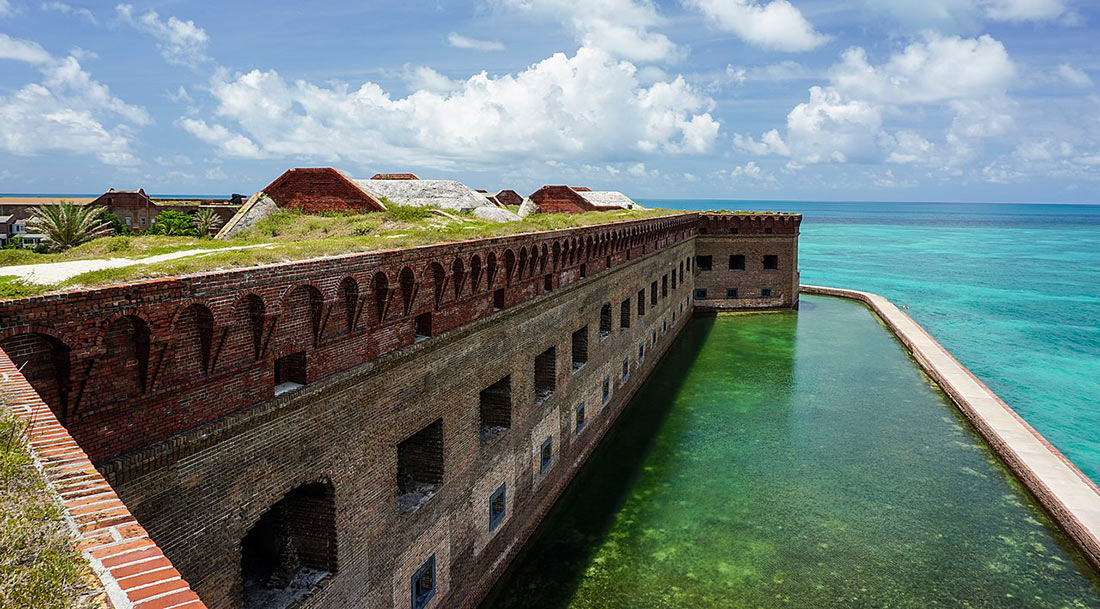
Photo: By Lindsey C. Straub, from Wikimedia Commons (CC BY-SA 4.0)
In 1888, the Marine Corps service turned the fortress into a quarantine station

Photo: NPS Photo G. Gardner
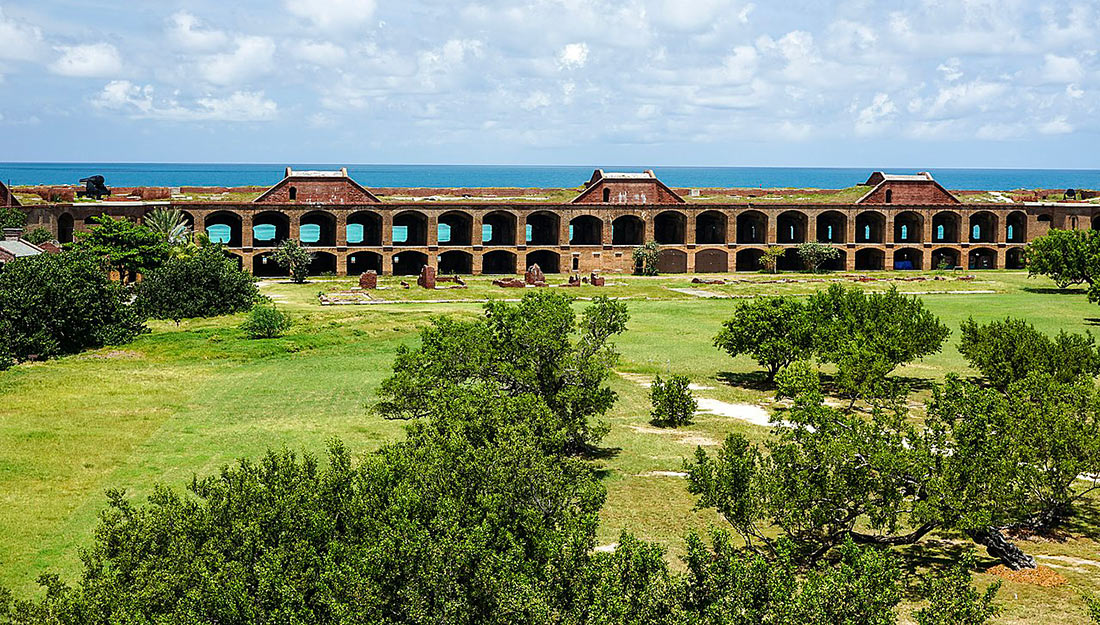
Photo: By Lindsey C. Straub, from Wikimedia Commons (CC BY-SA 4.0)
It creates a creepy atmosphere of an abandoned building.
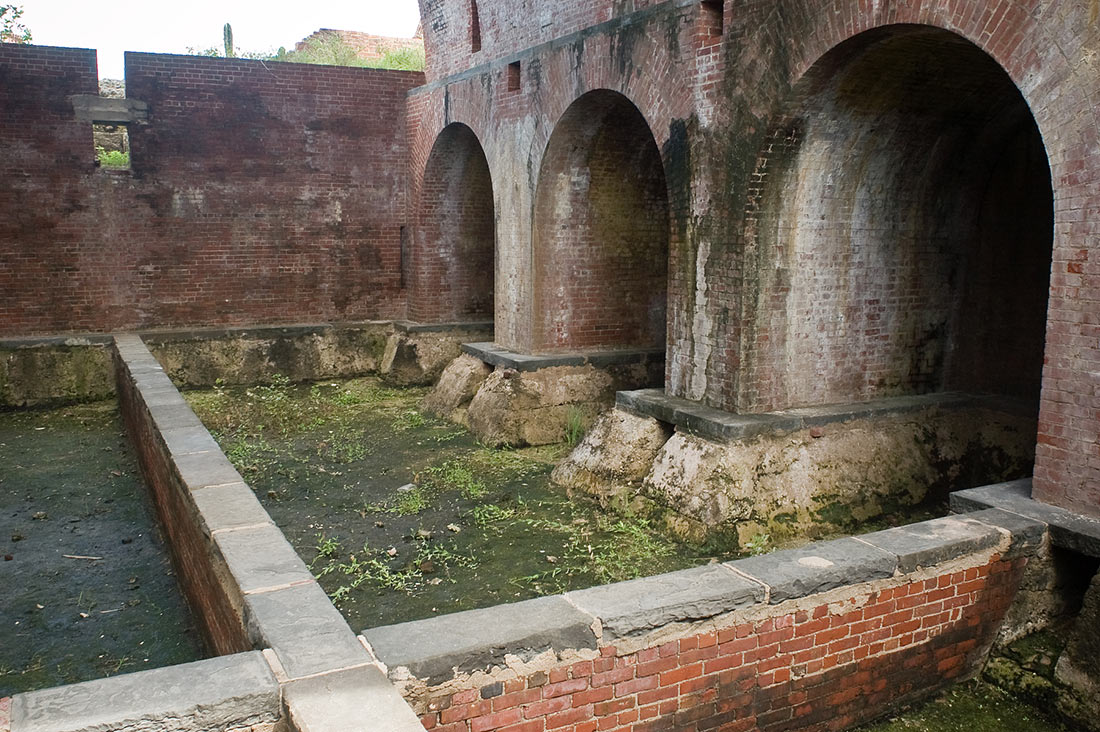
Photo: Dry Tortugas NPS/flickr (CC BY 2.0)
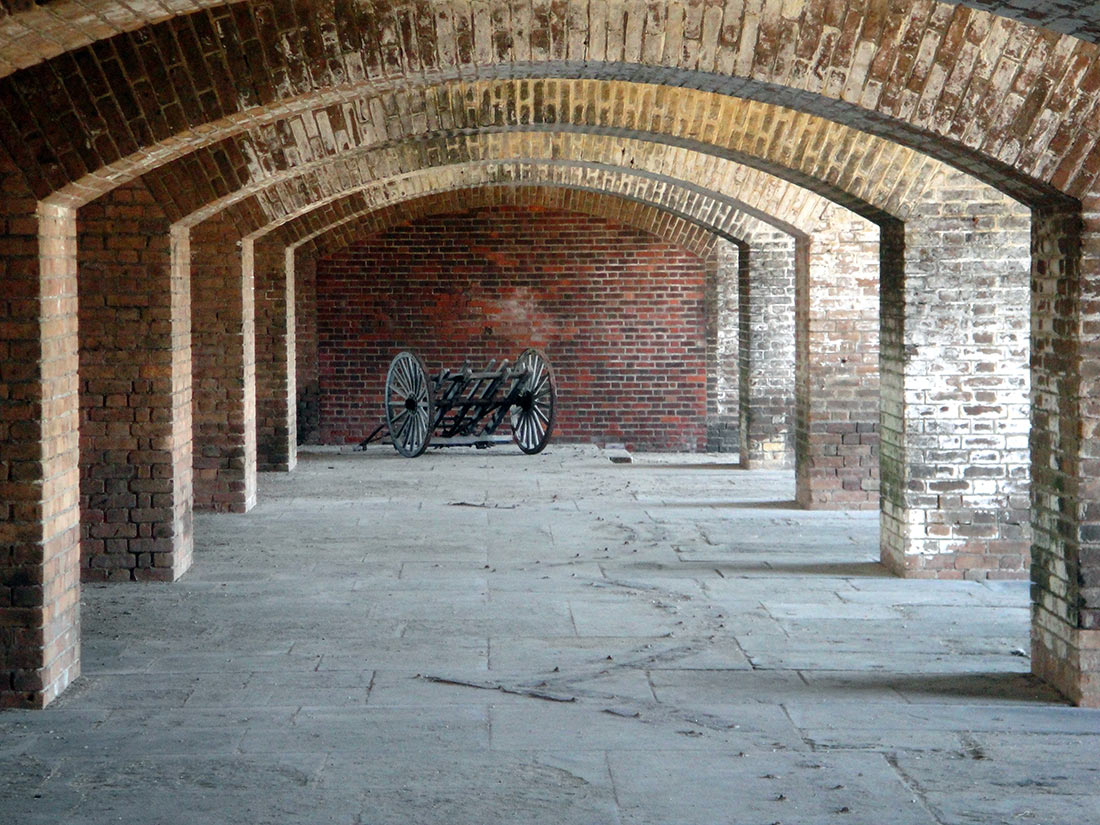
Photo: Matt Kieffer/flickr (CC BY-SA 2.0)
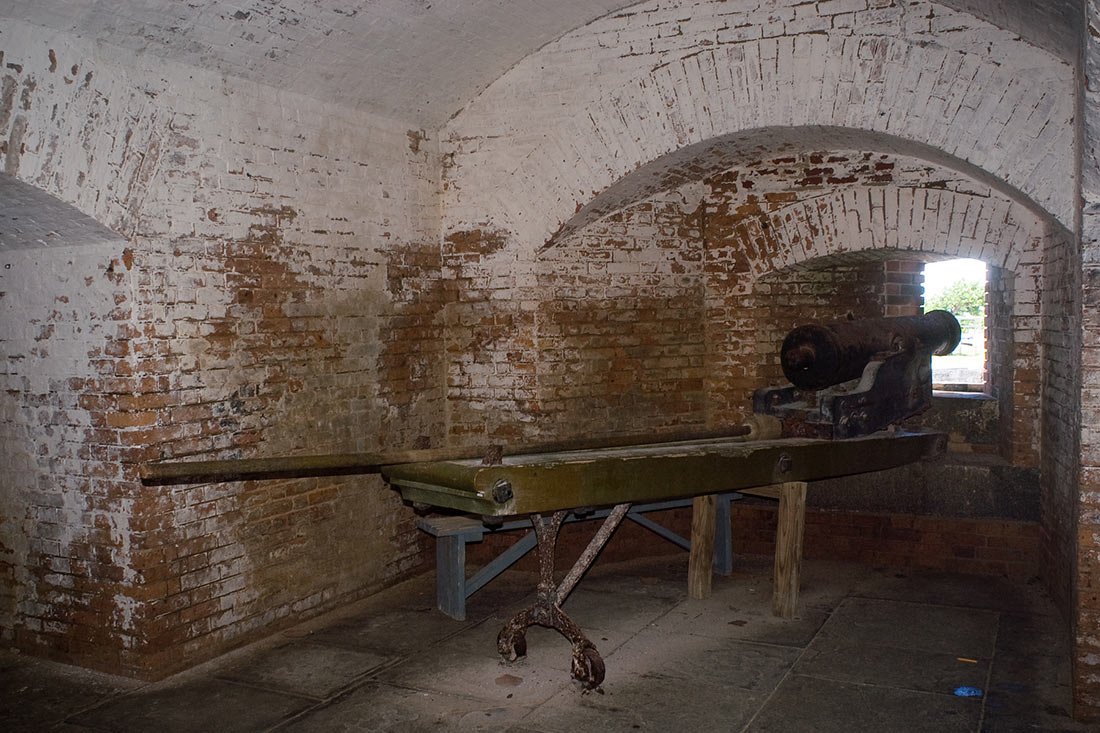
Photo: Dry Tortugas NPS/flickr (CC BY 2.0)
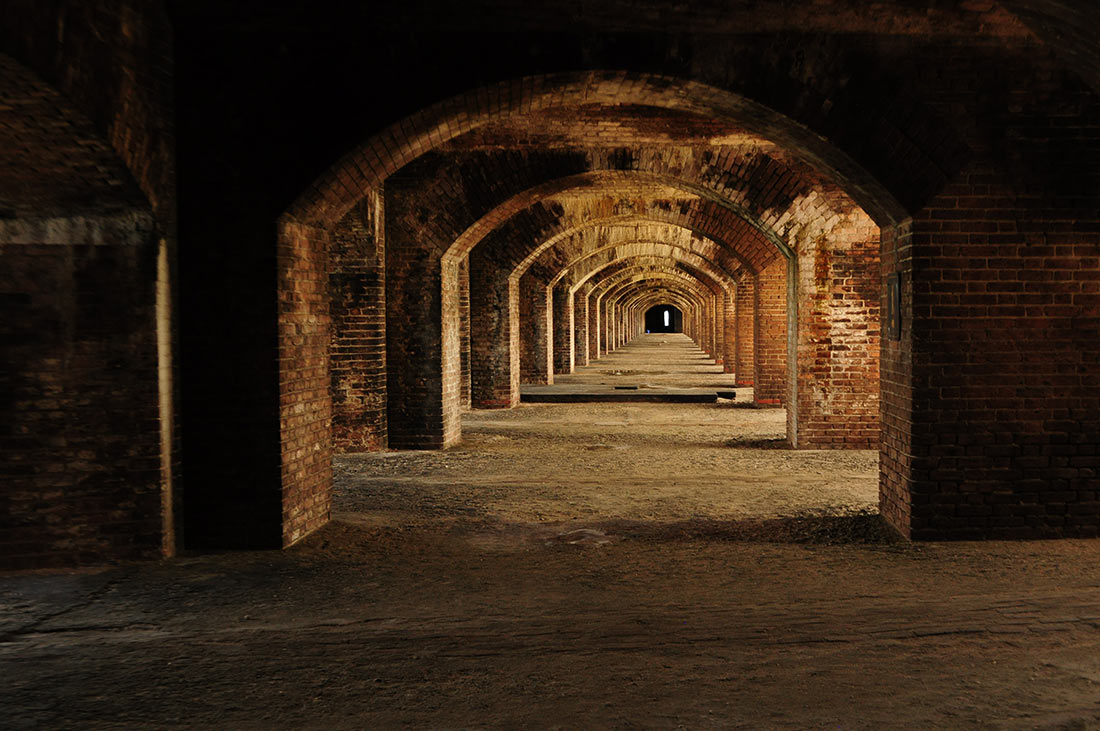
Photo: By Melissa Clark, from Wikimedia Commons (CC BY-SA 4.0)
However, it’s hard to deny the beauty of the area
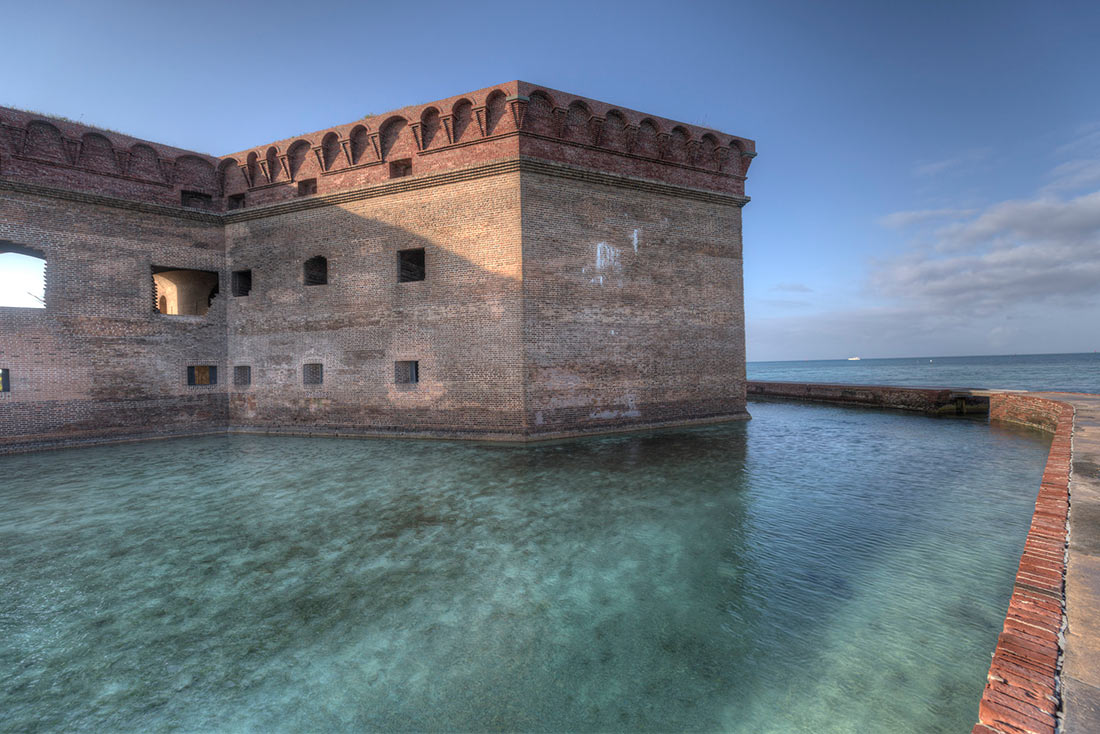
Photo: Russell Conard/flickr (Public domain)
Especially when there are endless turquoise waters around which is considered to hold some of the healthiest underwater wildlife in the world!
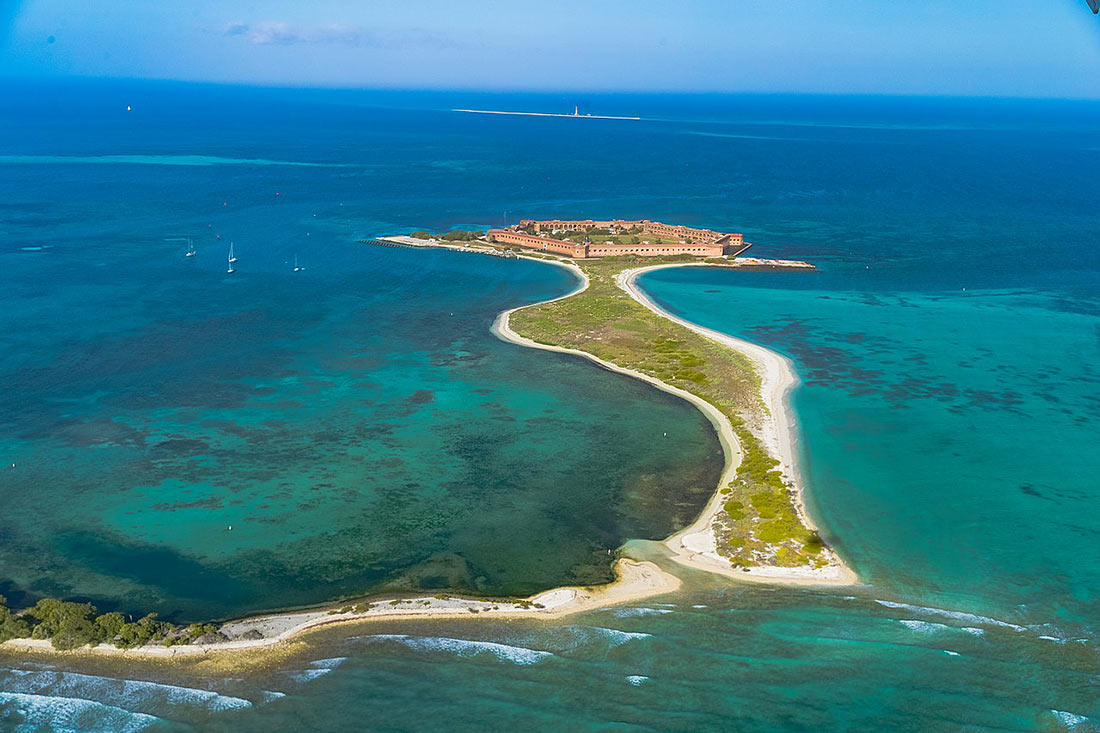
Photo: By Richard Gangemi, from Wikimedia Commons (CC BY-SA 4.0)
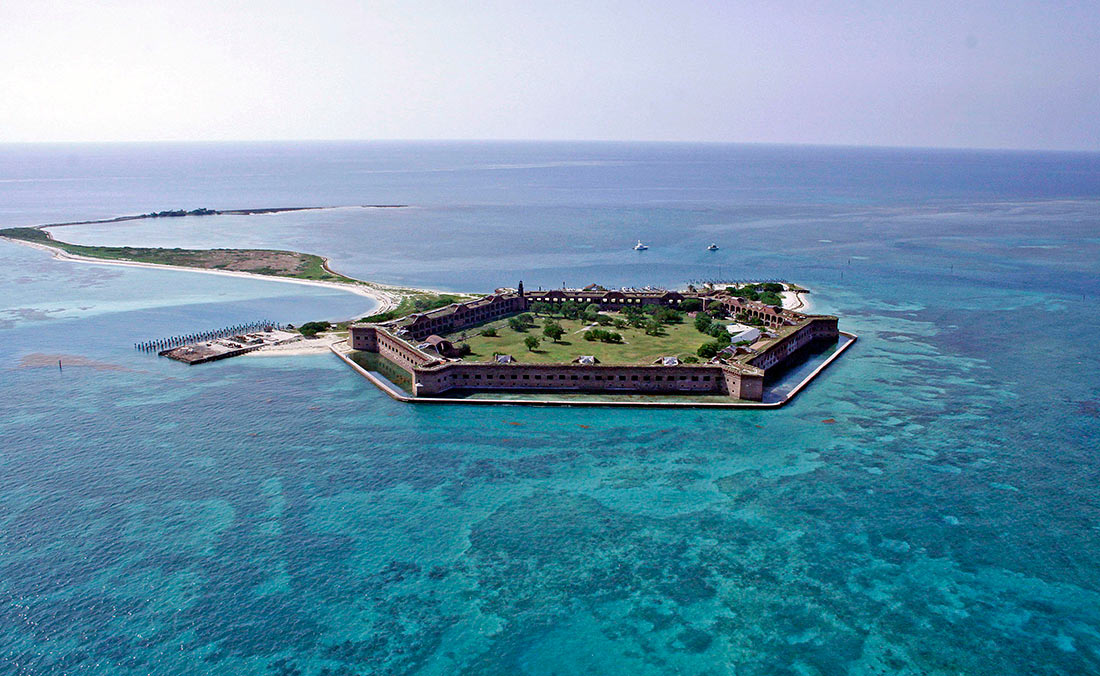
Photo: U.S. Air Force photo/Maj. Brooke Cortez






























